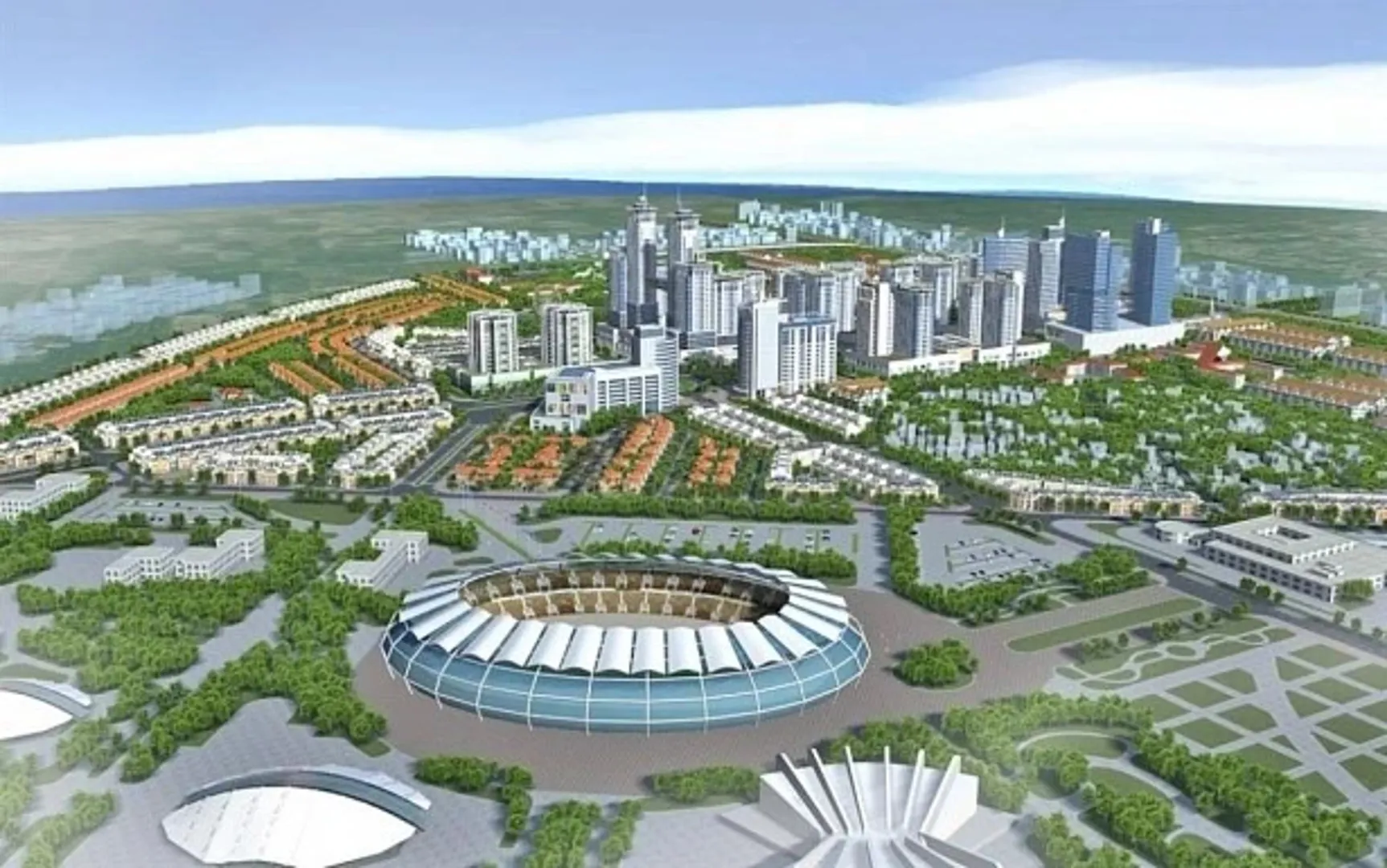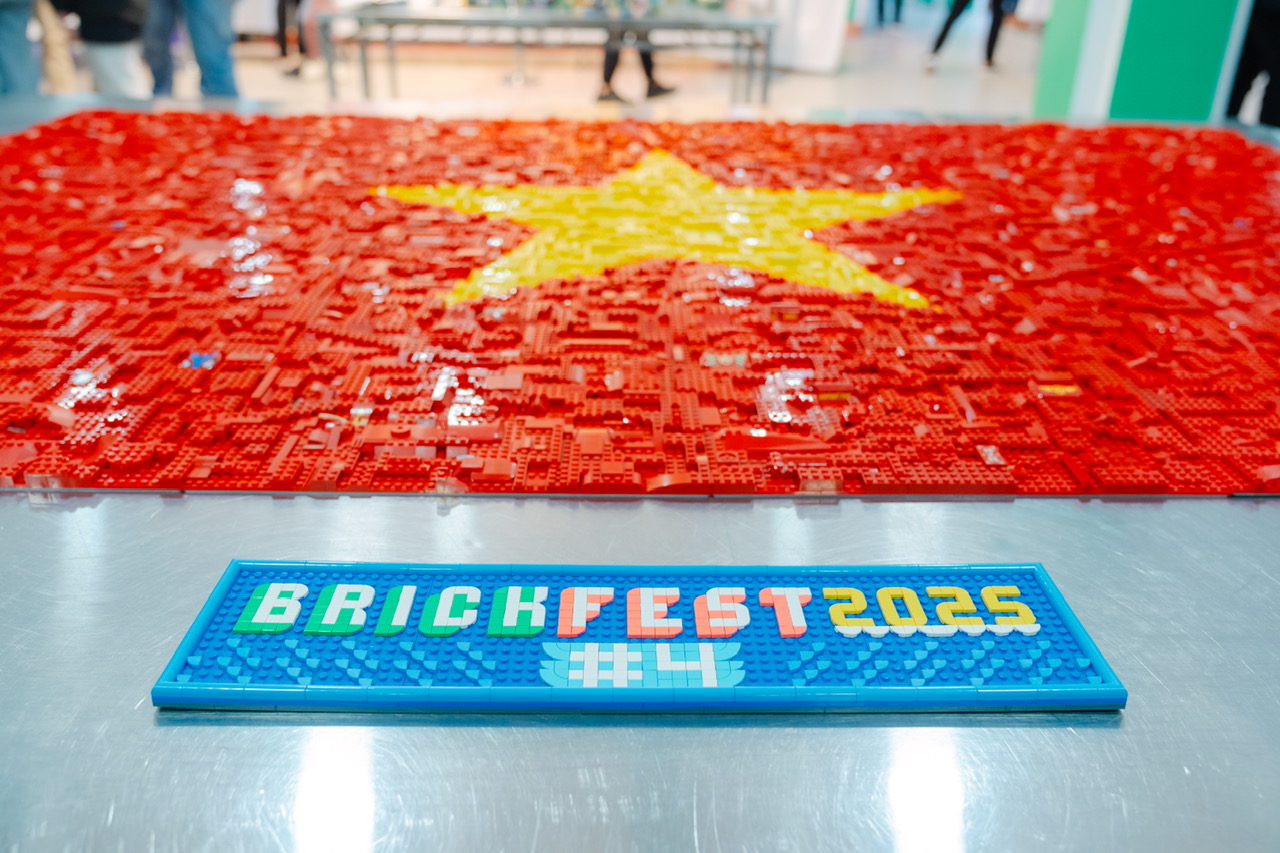Hanoi invests over US$300 million per year to improve transport infrastructure
Hanoi is facing challenges in the mobilization and use of investment capital for transport infrastructure.
Over the past years, Hanoi city has spent about VND7 trillion (US$302.02 million) per year to build new roads and upgrade the existing routes to meeting rising dwelling demand, Deputy Director of the municipal Transport Department Vu Ha told Kinh Te & Do Thi.
The Hanoi city government has implemented a spate of solutions to alleviate traffic congestion, including speeding up the construction of urban railways and improving roads, the deputy director said.
Deputy Director of the Hanoi Department of Transport Vu Ha. Photo: Vo Hai |
He added that many key traffic works in the city have been completed, contributing to improving and upgrading the infrastructure system, effectively reducing traffic congestion, including Ring Road No.2, Vinh Tuy bridge, Ring Road No.3, National highway 1A (Van Dien - Ngoc Hoi section), the viaduct over the intersection of Nguyen Van Huyen - Hoang Quoc Viet, among others.
These works are proof of Hanoi's vision of the importance of transport infrastructure for the overall development of the city, Mr. Ha stressed.
However, Hanoi is facing challenges in the mobilization and use of investment capital for transport infrastructure. Shortage and misuse of capital are the main reasons for the slow progress of the city’s transport infrastructure.
In the next five years, Hanoi will focus on building more roads, especially thoroughfares connecting the city’s downtown with five satellite urban areas.
Besides, Hanoi will also pay attention to building the transportation system connecting the capital city with other provinces via radial routes, including National highways 1A, 3, 6, 21 and 21B; the axes of West Thang Long, Ngoc Hoi - Phu Xuyen; Ring Roads No.3.5, 4 and 5.
Moreover, Hanoi will focus on completing the network of intercity bus stations in the area within Ring Road No.4 as planned while building interchanges to connect the city’s downtown with other localities, provinces and cities nationwide.
Hanoi will also put urban railway line No.2A (Cat Linh - Ha Dong) and the pilot urban railway line 3 (section Nhon - Hanoi Railway Station) into operation.
Especially, the city will kick off the construction of four more urban railway lines in the period of 2021-2025, including line 5 (section Van Cao - Hoa Lac), line 3 (Hanoi Railway Station - Hoang Mai), the line from Nam Thang Long to Tran Hung Dao street, line 1 (Yen Vien - Ngoc Hoi).

Hanoi’s urban railway starts to install the first train
The first train of the Cat Linh-Ha Dong urban railway has been installed safely on the track on February 21

Ministry proposes extending Cat Linh - Ha Dong urban railway line by 20km
The railway line stretches 13.1 kilometers between Cat Linh station in Dong Da district and Yen Nghia station in Ha Dong district.

Hanoi to build another urban railway line worth US$1.8 billion
The line is designed to run through districts of Hoan Kiem, Hai Ba Trung and Hoang Mai and span 8.8 kilometers, with 8.13 km going underground.




-1740107527.jpg)


